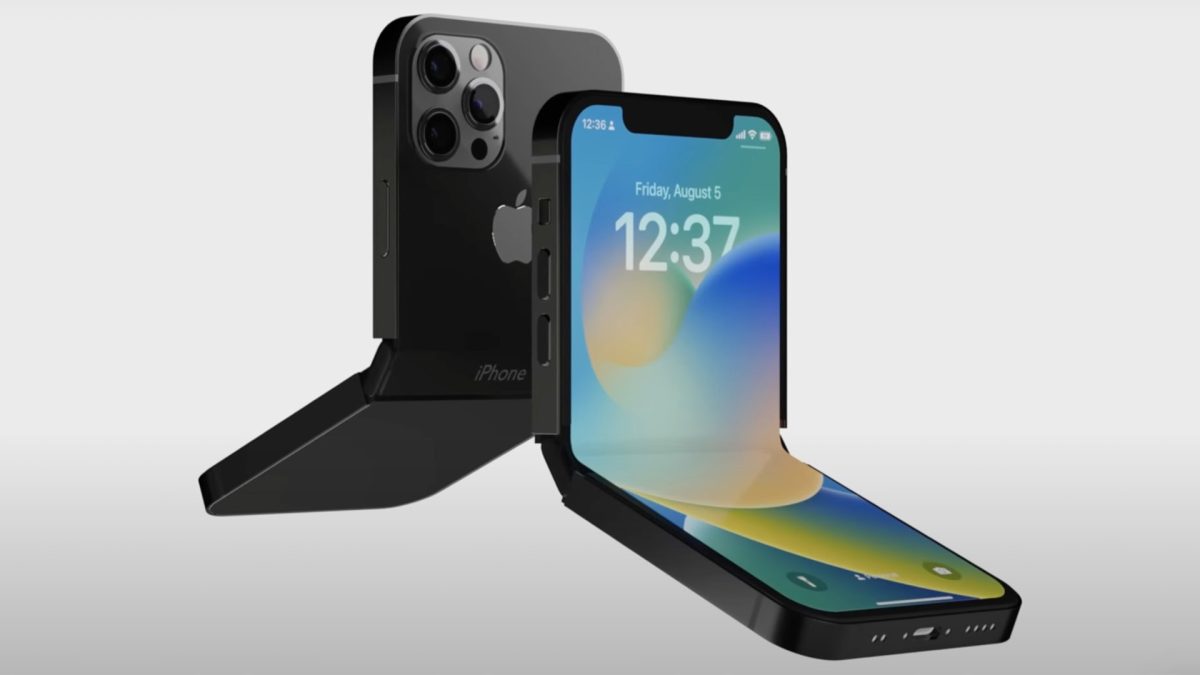“Apple’s long-rumored iPhone Fold is finally taking shape, and with it, a price tag that may shatter expectations. According to recent reports, the upcoming foldable flagship could be a staggering 10 percent pricier than Samsung’s highly-regarded Galaxy Z Fold 6. This development is poised to cement the iPhone Fold’s status as an ultra-luxury device, one that will likely appeal to a select few with deep pockets and an unwavering devotion to the Apple brand. As the technology giant edges closer to the foldable future, the question on everyone’s mind is: will the exclusivity and premium price tag of the iPhone Fold be enough to justify the investment for loyal Apple fans, or will the high cost be a barrier too great to overcome?”
Pricing and Availability

A recent leak suggests that Apple’s iPhone Fold will come with a hefty price tag, potentially starting at $2,199 for the base model. This is a significant increase from the base iPhone 16 Pro Max, which is priced at $1,199. The leak claims that the iPhone Fold will cost $1,000 more than the ‘Pro Max’ version of the iPhone today.
This pricing strategy would position the iPhone Fold as an ultra-luxury device, making it inaccessible to many consumers. In comparison, Samsung’s Galaxy Z Fold 6 is priced at $1,899.99, which is roughly 10% less than the expected price of the iPhone Fold. The Galaxy Z Flip 6, on the other hand, costs $1,219.99.
It’s worth noting that the leaker, Instant Digital, has a mixed track record when it comes to sharing details on unreleased Apple products. Therefore, it’s essential to take this news with a grain of salt until further confirmation is available.
Despite the uncertainty surrounding the pricing, it’s clear that Apple is targeting the high-end market with its foldable iPhone. The device is expected to feature a design similar to the Galaxy Z Fold lineup, with a 7.8-inch internal display and a 5.6-inch external display.

Design and Display
Internal Display
The iPhone Fold is expected to feature a 7.8-inch internal display, which is similar to the Galaxy Z Fold 6. The internal display is a critical component of any foldable device, and Apple has reportedly been working to perfect the crease on the display.
According to recent reports, Samsung Display has been given an exclusive contract to supply the displays for the iPhone Fold. This suggests that Apple is confident in Samsung’s ability to meet its strict technical requirements for the display.
The internal display is expected to be a key selling point for the iPhone Fold, offering users a larger screen area than traditional smartphones. However, the crease on the display remains a significant challenge for foldable devices, and Apple will need to address this issue to make the iPhone Fold a compelling option for consumers.
External Display

The iPhone Fold’s 5.6-inch external display plays a crucial role in the device’s overall functionality. This display serves as a secondary screen, allowing users to access various features and functions without having to fully open the device. The external display is designed to provide a seamless and intuitive user experience, making it easy to navigate and interact with the device.
Apple’s focus on durability and crease prevention is also evident in the design of the external display. The company has reportedly taken great care to minimize the crease on the display, ensuring that it is barely noticeable even when the device is fully open. This attention to detail is a testament to Apple’s commitment to delivering a premium product that is both functional and aesthetically pleasing.
Durability and Crease Prevention
Apple’s emphasis on durability and crease prevention is a significant departure from the approach taken by other foldable device manufacturers. While many foldable devices have struggled with creases and durability issues, Apple has reportedly taken a more comprehensive approach to addressing these concerns.
The company has reportedly worked closely with Samsung Display to develop a new type of foldable display that is designed to minimize the crease and improve overall durability. This collaboration has resulted in a display that is both flexible and durable, making it well-suited for use in a foldable device.
Technical Specifications and Launch Details
Touch ID and In-Display Face ID
Rumors suggest that the iPhone Fold may feature Touch ID in the Power Button, although some reports also suggest that Apple is testing in-display Face ID sensors. It’s unclear at this point which sensor technology the device will ultimately employ.
Mass Production and Launch Window
The iPhone Fold is expected to enter mass production in the second half of 2026, with a potential launch window in the latter half of 2026 or early 2027. The exact release date is still unclear, but we can expect more information to emerge in the coming months.
Implications and Analysis
Luxury Device or Mainstream Product
The iPhone Fold’s hefty price tag could position it as a luxury device, making it inaccessible to many consumers. This could limit the device’s mainstream appeal and instead make it a niche product for those who are willing to pay a premium for a high-end device.
Competition in the Foldable Market
The iPhone Fold will enter a crowded foldable market, with Samsung and Google already established players. The device will need to differentiate itself from competitors and offer unique features and functionality to stand out in a crowded field.
Apple’s Foldable Strategy
Apple’s foldable strategy is still unclear, but it’s likely that the company will use the iPhone Fold as a testing ground for new technologies and features. The device could also serve as a precursor to a wider range of foldable products, including MacBooks and iPads.
Conclusion
As the tech industry continues to push the boundaries of innovation, Apple’s potential iPhone Fold has become a focal point of discussion. Recent reports suggest that this revolutionary device could come with a hefty price tag, surpassing the Galaxy Z Fold 6 by as much as 10 percent. This premium pricing strategy would undoubtedly cement the iPhone Fold’s status as an ultra-luxury device, catering to a niche audience willing to pay top dollar for cutting-edge technology. The article highlights the key factors contributing to this price disparity, including manufacturing costs, research and development expenses, and the high-end features that set the iPhone Fold apart from its competitors.
The significance of this development lies in its potential to redefine the boundaries of what consumers are willing to pay for a smartphone. As the market becomes increasingly saturated with premium devices, manufacturers like Apple must find innovative ways to differentiate themselves and justify the high prices associated with their products. The iPhone Fold’s luxurious pricing strategy may set a new benchmark for the industry, with other manufacturers likely to follow suit in the pursuit of profit and prestige. Looking ahead, it will be fascinating to see how consumers respond to this new pricing model and whether it will ultimately contribute to the iPhone Fold’s success or serve as a barrier to entry for potential buyers.
